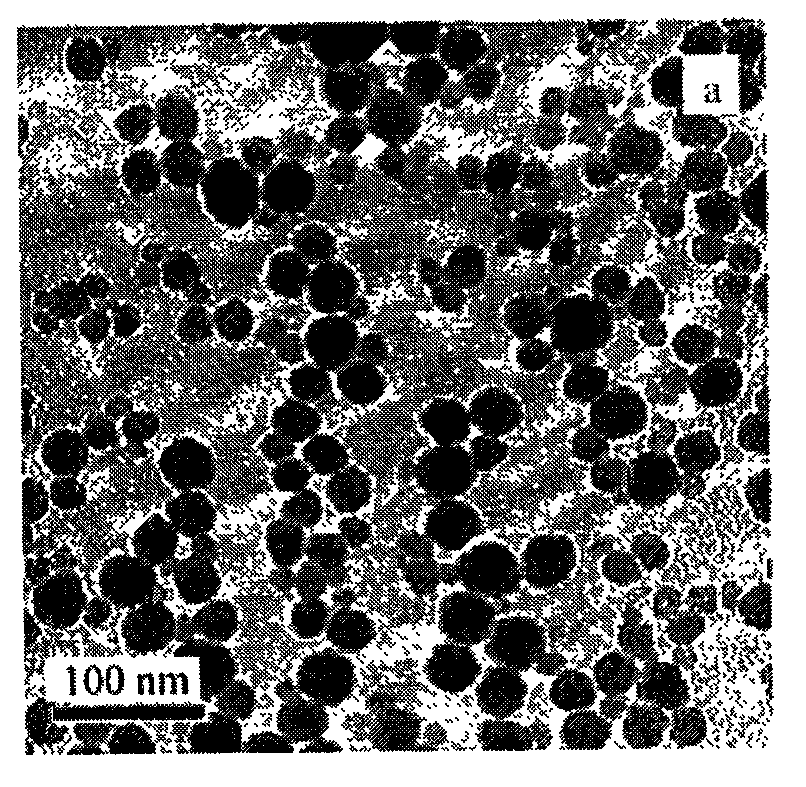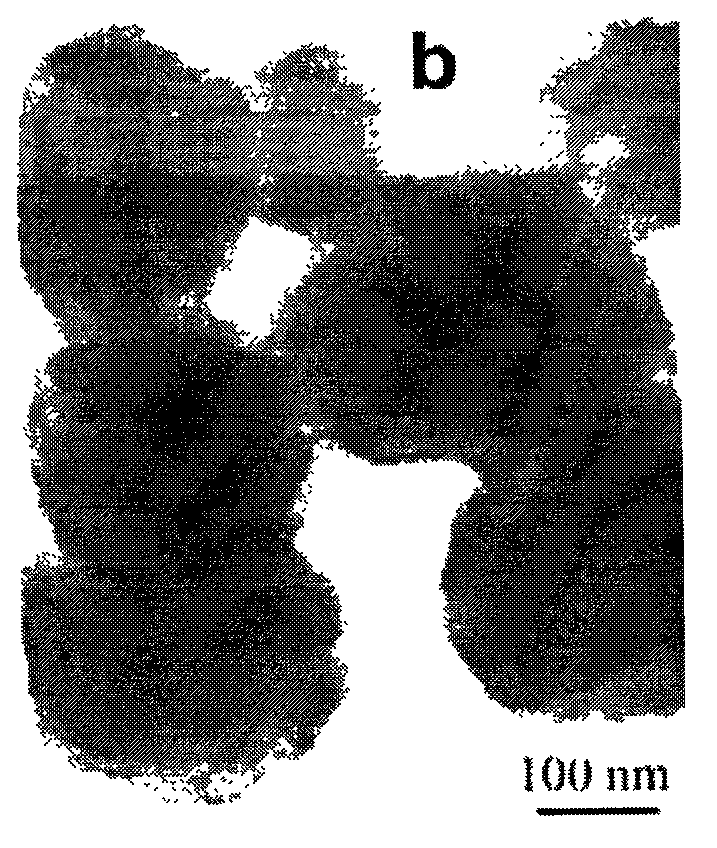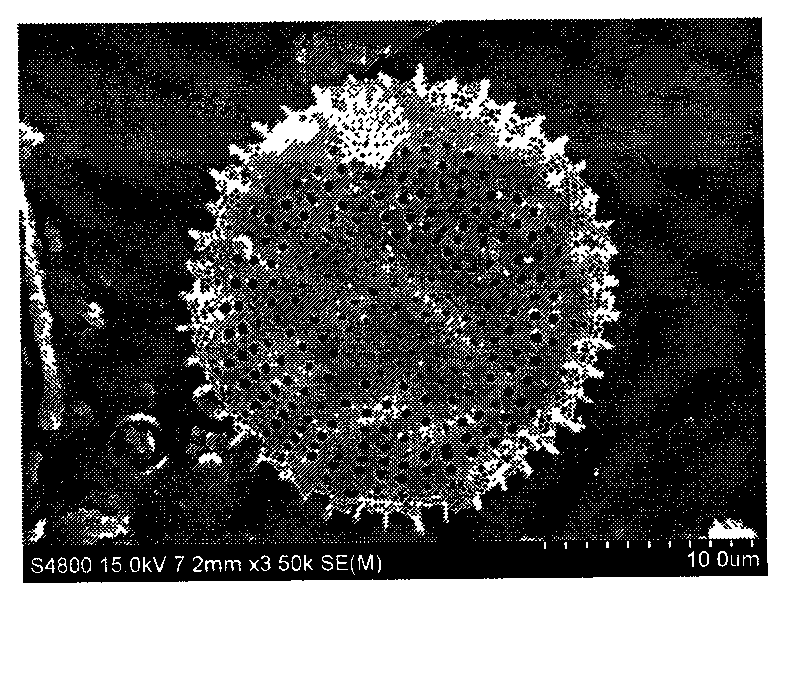Synthesis and screening of sulfonate antibacterial anti-mite agent and compounding of novel anti-mite agent
The technology of an anti-mite agent and chlorobenzene sulfonate is applied in the field of research and development and preparation of high-efficiency new odor antibacterial and anti-mite agents, which can solve problems such as meaninglessness and lack of odor and acaricidal performance.
- Summary
- Abstract
- Description
- Claims
- Application Information
AI Technical Summary
Problems solved by technology
Method used
Image
Examples
Embodiment 1
[0024] The synthetic method of embodiment 1 quinoline sulfonate (a-1) environmental protection acaricide:
[0025]
[0026] In an ice bath, using triethylamine as a catalyst, add p-chloro (or fluoro) benzenesulfonyl chloride dropwise to the dichloromethane solvent of 8-hydroxyquinoline or 5-chloro-8-hydroxyquinoline (1:1 molar ratio) After mixing and stirring uniformly for 1 h, the reaction was stirred at room temperature 25° C. for 24 h. After the reaction is completed, concentrate, crystallize, and wash repeatedly with deionized water to remove unreacted by-products of benzenesulfonyl chloride. The yield was 85%.
[0027] Characterization of the product:
[0028] (1) Characterization of 8-hydroxyquinoline p-chlorosulfonate
[0029] Infrared characterization of 8-hydroxyquinoline p-chlorosulfonate. 3046.9cm -1 The broad absorption peak at is the stretching vibration peak of C-H on the benzene ring, 1590.9cm -1 、1492.6cm -1 、1469.4em -1 The strong absorption peak at...
Embodiment 2
[0042] Embodiment 2 2,3-phenol sulfonate (a-3) environmental protection acaricide synthetic method:
[0043]
[0044] In an ice bath, use triethylamine as a catalyst, add p-chloro (or fluoro) benzenesulfonyl chloride dropwise to the dichloromethane solvent of 2,3-dichlorophenol, mix, stir evenly for 1 hour, and then stir at room temperature 25°C Reaction 24h. After the reaction is completed, concentrate, crystallize, and wash repeatedly with deionized water to remove unreacted by-products of benzenesulfonyl chloride. The yield was 85%.
[0045] Characterization of the product:
[0046] (1) Characterization of 2,-dichlorophenol p-fluorophenolsulfonate
[0047] The product is analyzed by mass spectrometry. In the mass spectrogram, 319.9 (m / z) is the molecular ion peak of 2,3-dichlorophenol p-fluorophenol sulfonate, and 160.0 (m / z) is [2,3-dichlorophenol Phenoxy-H + ] ion fragment peak, 159.0 (m / z) is the p-fluorobenzenesulfonyl ion fragment peak, and 95.0 (m / z) is the p-...
Embodiment 3
[0053] Embodiment 3 2,5-phenol sulfonate (a-4) environmental protection acaricide synthetic method:
[0054]
[0055] In an ice bath, using triethylamine as a catalyst, add p-chloro (or fluoro) benzenesulfonyl chloride dropwise to the dichloromethane solvent of 2,-dichlorophenol, mix, stir evenly for 1 hour, and then stir the reaction at room temperature 25°C 24h. After the reaction is completed, concentrate, crystallize, and wash repeatedly with deionized water to remove unreacted by-products of benzenesulfonyl chloride. The yield was 91%.
[0056] Characterization of the product:
[0057] (1) Characterization of 2,5-dichlorophenol p-chlorophenol sulfonate
[0058] The product is analyzed by mass spectrometry. In the mass spectrogram, 335.9 (m / z) is the molecular ion peak of 2,5-dichlorophenol p-chlorophenol sulfonate, and 175.0 (m / z) is [p-chlorobenzenesulfonyl] Ion fragmentation peak, 159.0 (m / z) is 2,5-dichlorophenoxy ion fragmentation peak, 111.0 (m / z) is p-chlorob...
PUM
| Property | Measurement | Unit |
|---|---|---|
| Particle size | aaaaa | aaaaa |
| Particle size | aaaaa | aaaaa |
Abstract
Description
Claims
Application Information
 Login to View More
Login to View More - R&D
- Intellectual Property
- Life Sciences
- Materials
- Tech Scout
- Unparalleled Data Quality
- Higher Quality Content
- 60% Fewer Hallucinations
Browse by: Latest US Patents, China's latest patents, Technical Efficacy Thesaurus, Application Domain, Technology Topic, Popular Technical Reports.
© 2025 PatSnap. All rights reserved.Legal|Privacy policy|Modern Slavery Act Transparency Statement|Sitemap|About US| Contact US: help@patsnap.com



